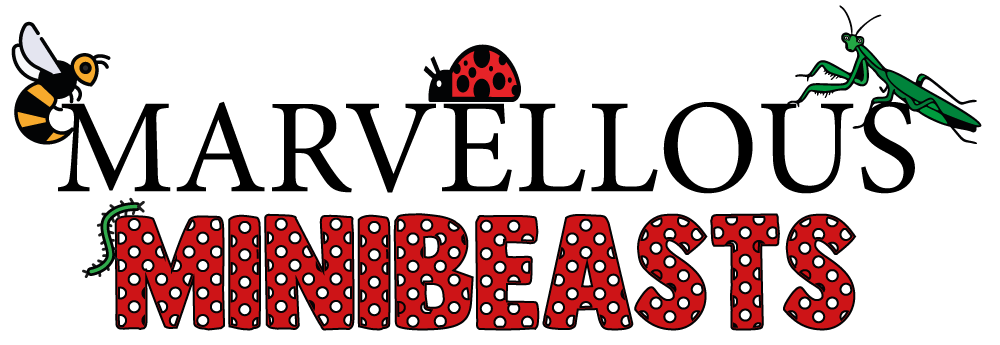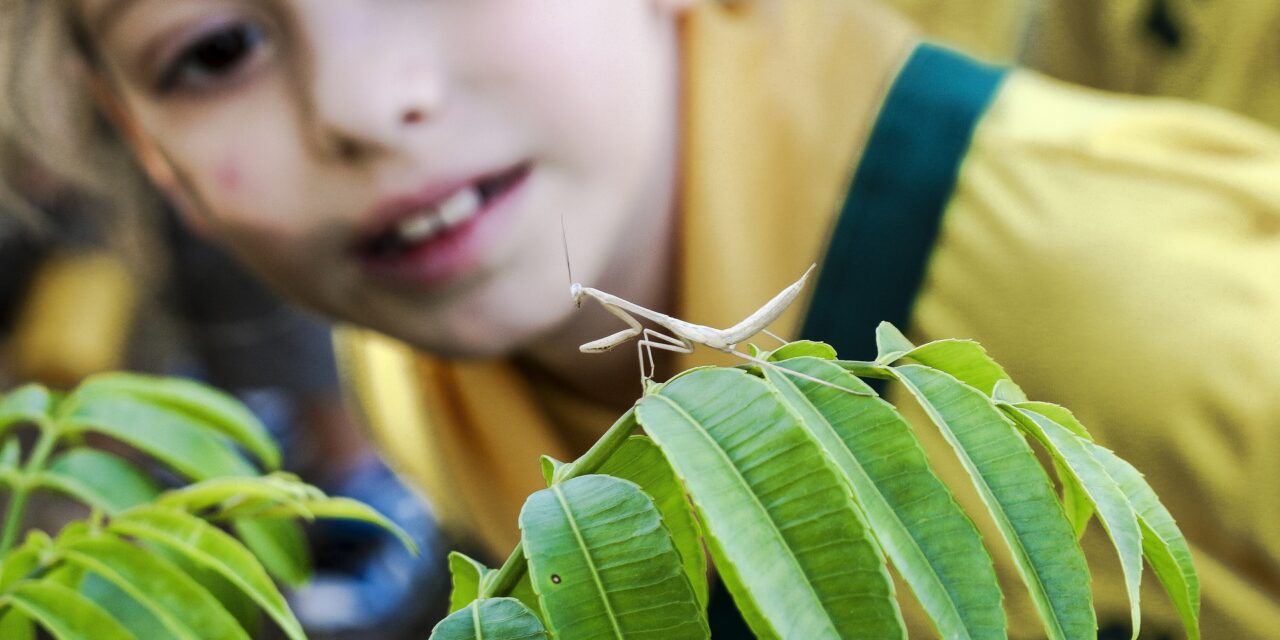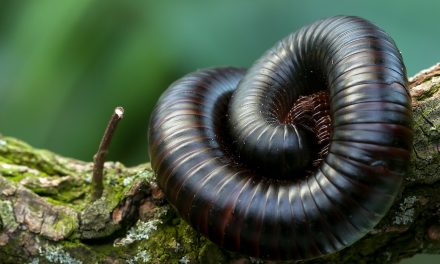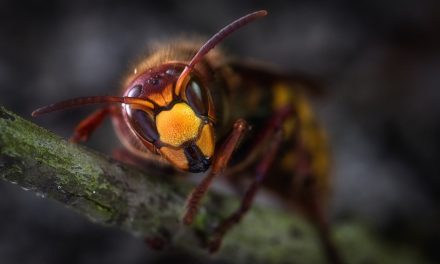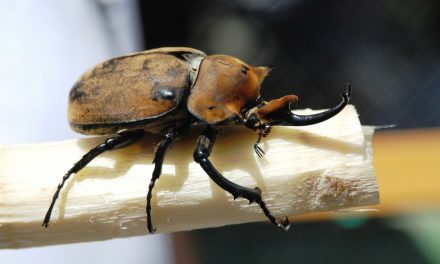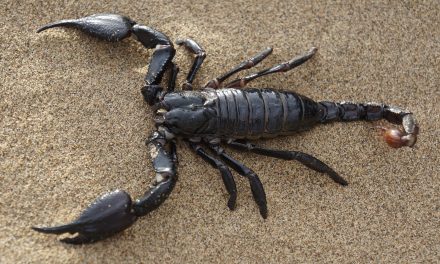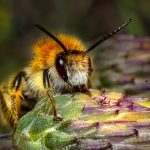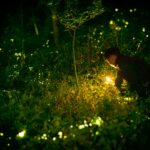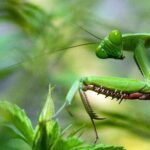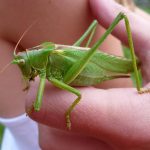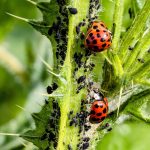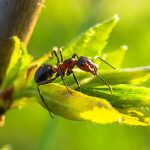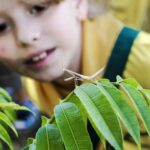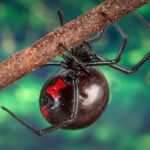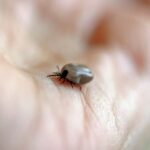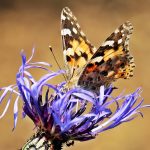Are you looking for a fun and educational activity to do with your kids that involves exploring the great outdoors? Look no further than a minibeast hunt! This activity is a great way to get your kids excited about nature while learning about garden insects and insect safety. In this online guide, we will give you tips on how to plan a safe and successful minibeast hunt that your child will love.
What are minibeasts?
Minibeasts, also known as invertebrates, are small animals without a backbone. They are found all around us, including in our gardens, parks, and forests. Minibeasts play a crucial role in the ecosystem by pollinating plants, decomposing organic matter, and serving as a food source for other animals.
Some examples of common garden insects that fall under the category of “minibeasts” include butterflies, beetles, ladybirds, ants, spiders, and worms. While they may be small, these minibeasts are incredibly diverse in shape, colour, and behaviour.
Minibeasts are fascinating creatures to observe and learn about, and they provide an excellent opportunity for children to develop an appreciation for the natural world. By understanding their importance in the ecosystem, we can teach our kids the importance of protecting and preserving these tiny but mighty creatures.

Minibeast hunt planning
Now that you know what minibeasts are, it’s time to start planning your minibeast hunt! Here are some tips to help you plan a successful and safe minibeast hunt with your child:
Choosing a location
When selecting a location for your minibeast hunt, consider areas with a variety of plants, such as gardens or parks. Look for places where insects are likely to live, such as under rocks, logs, and leaves, in soil and compost, or on plants and flowers.
Safety precautions
Before embarking on your minibeast hunt, make sure to take some safety precautions. Wear long-sleeved shirts and trousers to protect against scratches, bites, and stings. Use insect repellent or bug spray to keep away mosquitoes, ticks, and other insects. Avoid areas with poison ivy or other hazardous plants.
Gathering equipment
To make the most of your minibeast hunt, you’ll need some basic equipment. A magnifying glass can help your child get a closer look at the insects they find. A bug jar can be used to capture and observe insects before releasing them back into their natural habitat. A child-friendly nature guide to insects with pictures and descriptions can also be a helpful tool.
Creating a child’s guide to insects
Creating a guide to insects is a fun and educational way to get your child excited about the minibeast hunt. Encourage your child to take pictures and notes of the insects they find and create a booklet with pictures and descriptions of each one. This will help them remember what they learned and can be a great reference for future minibeast hunts.
Conducting the minibeast hunt
Now that you’ve planned your minibeast hunt, it’s time to head outside and start exploring! Here are some tips for conducting your minibeast hunt:
Tips for Finding Minibeasts
Minibeasts can be found in many different habitats, so it’s important to know where to look. Encourage your child to search under rocks and logs, in soil and compost, and on plants and flowers. Remember to be gentle when handling insects and avoid damaging their habitats.
How to Safely Capture and Observe Minibeasts
When capturing insects, it’s important to handle them gently and with care. Use a bug jar or other container to capture the insect and observe it up close. Make sure to keep the container open to allow for proper air circulation, and avoid keeping insects in the container for too long. Always release the insects back into their natural habitat after observing them.

Identifying and recording minibeasts
Once you’ve captured an insect, it’s important to identify it and record your findings. Use an online guide or nature identification app to help you identify the insect. Take notes or pictures of the insect to help you remember what you learned. This can also be a great opportunity for your child to practise their writing and observational skills.
Emphasising the importance of releasing minibeasts
Finally, it’s important to emphasise the importance of releasing minibeasts back into their natural habitat. Minibeasts play a crucial role in the ecosystem, and removing them from their habitat can have negative effects on the environment. Teach your child to be respectful of the insects they find and to release them carefully and gently.
Fun facts about minibeasts
Minibeasts may be small, but they are full of interesting and fun facts! Here are some facts about minibeasts that your child will love learning:
- Did you know that there are more than 1 million species of insects in the world? That’s more than all other animal species combined!
- Ladybirds are a type of beetle and can come in many different colours besides red, such as orange, yellow, and even black.
- Some caterpillars can shoot acid out of their bodies to defend themselves from predators.
- Bees are essential pollinators and are responsible for helping many plants, including those that produce our food, grow and reproduce.
- Butterflies taste with their feet! They have special sensory receptors in their feet that allow them to taste their food before they eat it.
- Dragonflies are incredible fliers and can fly in all directions, including backward and sideways.
- Spiders are not insects, but arachnids. They are important predators that help keep other insect populations in check.
- Ants are incredibly strong for their size and can carry objects up to 50 times their body weight!
- Many insects, such as moths and butterflies, go through a process called metamorphosis, where they change from a caterpillar or larva into an adult insect.
- Some insects, like fireflies, are bioluminescent, which means they can produce their own light. Fireflies use their light to attract mates and communicate with each other.

Final thoughts
A minibeast hunt is a great way to get your kids excited about nature while teaching them about garden insects and insect safety. Follow the tips in this online guide to plan a safe and successful minibeast hunt, and remember to make it fun and emphasise the importance of respecting these important creatures. Happy minibeast hunting!
